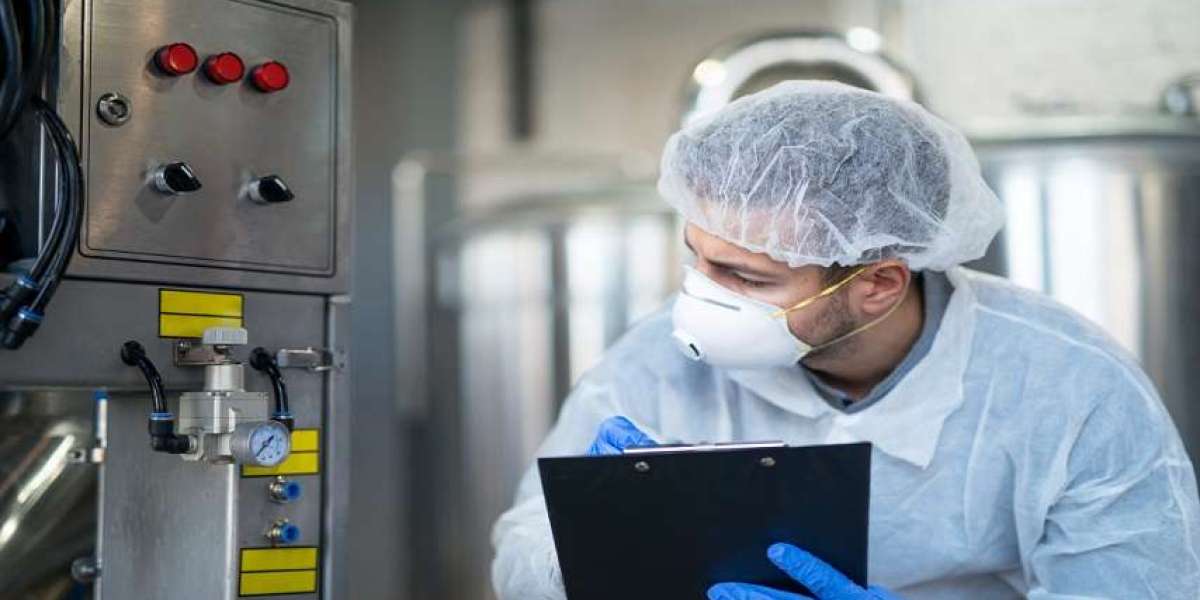Switchyards are the nerve centers of electrical substations—vital hubs where power is routed, voltage is transformed, and protection systems are activated. But even the most robust design is only as reliable as its testing protocols. That's where switchyard testing comes in—ensuring that every component, from isolators to circuit breakers, functions seamlessly under both normal and extreme conditions.
In this blog post, we’ll take you through the essentials of switchyard testing—from preliminary functional checks to high-stakes full load trials—explaining why each stage matters and how it protects your facility from unexpected failures.
Why Is Switchyard Testing So Important?
A switchyard acts as the critical interface between power generation, transmission, and distribution. Faults or inefficiencies in the switchyard can lead to:
- Widespread outages
- Equipment damage
- Safety hazards
- Regulatory non-compliance
Routine and thorough testing ensures reliability, longevity, and optimal performance of switchyard equipment under all load conditions.
Understanding the Stages of Switchyard Testing
Switchyard testing is not a one-size-fits-all process. It includes multiple stages, each designed to validate a different aspect of system integrity and performance.
1. Visual Inspection and Pre-Commissioning Checks
Before any high-voltage tests are conducted, a detailed visual inspection is carried out to:
- Confirm correct installation
- Ensure grounding continuity
- Identify physical damages or misalignments
- Check for proper clearances and labeling
These inspections are followed by pre-commissioning checks, which verify that every piece of equipment is mechanically and electrically ready for energization.
2. Functional Testing of Components
Functional checks involve testing the basic operation of every key component, such as:
- Circuit Breakers – operation timing, closing and tripping mechanisms
- Isolators/Disconnectors – smooth mechanical operation and correct interlocks
- Current and Voltage Transformers (CTs & VTs) – ratio, polarity, insulation resistance
- Protection Relays – logic verification, trip settings, response times
- Busbars and Connectors – continuity and contact resistance tests
These tests simulate real-world operations without actually placing the system under full electrical stress.
3. Insulation and Dielectric Testing
Given the high voltages handled in switchyards, insulation integrity is non-negotiable. Common tests include:
- Insulation Resistance Testing (IR) – identifies moisture ingress or degradation
- High-Pot Testing (HiPot) – applies higher-than-normal voltages to check insulation breakdown
- Capacitance and Dissipation Factor (Tan Delta) – evaluates insulation aging and quality over time
Such testing is crucial for avoiding insulation failures that can cause arc flash incidents or equipment damage.
4. Secondary Injection Testing
Secondary injection testing focuses on the low-voltage side of the protection and control circuits. It involves:
- Injecting signals into relays and verifying their response
- Ensuring correct operation of alarms and interlocks
- Testing communication between protection relays and SCADA systems
This step ensures that the brains of your switchyard—the control and protection logic—are functioning flawlessly.
5. Primary Injection and Load Flow Testing
At this stage, real current is injected through the equipment to verify:
- CT accuracy and burden performance
- Relay operation and coordination
- Breaker tripping under actual load conditions
Primary injection provides a more realistic test scenario and is vital before subjecting the system to full operational stress.
6. Full Load Trials
The final stage is full load testing, where the system is energized and tested under actual load conditions. It’s the ultimate test of readiness, and it involves:
- Monitoring equipment behavior during start-up and continuous operation
- Measuring voltage drops, temperature rise, and system stability
- Observing breaker operation during load switching
- Testing overall system integration
This trial confirms whether the switchyard can handle its rated capacity without overheating, tripping, or developing faults.
Best Practices for Effective Switchyard Testing
To get the most value from your testing process, follow these best practices:
- Plan Ahead: Develop a detailed testing schedule with defined objectives and responsibilities.
- Use Certified Equipment: Only calibrated and certified test equipment should be used to ensure data reliability.
- Maintain Documentation: Record all test results and observations. This documentation is essential for future maintenance and audits.
- Engage Experts: Partnering with experienced electrical testing professionals ensures accurate interpretation of results and rapid troubleshooting.
Final Thoughts
Switchyard testing isn’t just about passing checklists—it’s about ensuring the uninterrupted and safe flow of electricity through one of the most critical junctures in the power system. By starting with basic functional checks and building up to full load trials, facility operators can proactively identify issues, fine-tune system performance, and protect their infrastructure from costly failures.
In a world increasingly dependent on continuous power supply, can you really afford to skip switchyard testing?
Power Transformer Health: Testing Strategies for Reliable Operations
Preventing Electrical Accidents through Power System Risk Assessments








